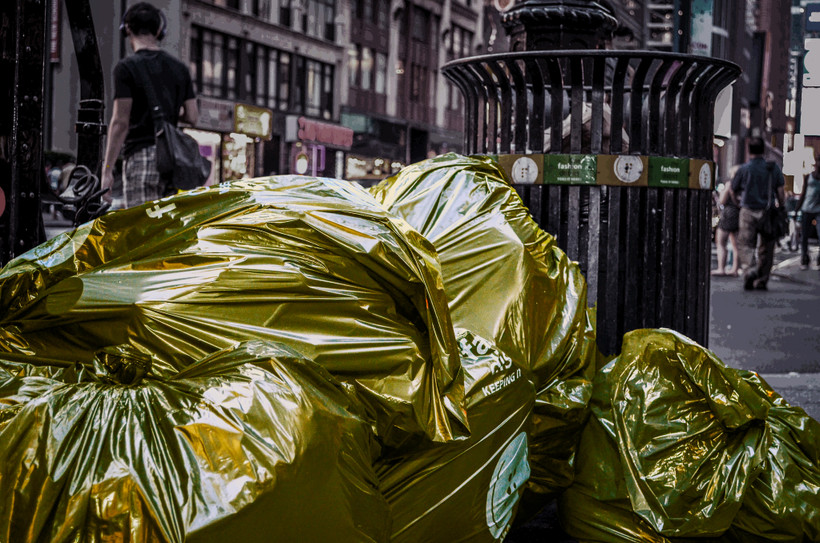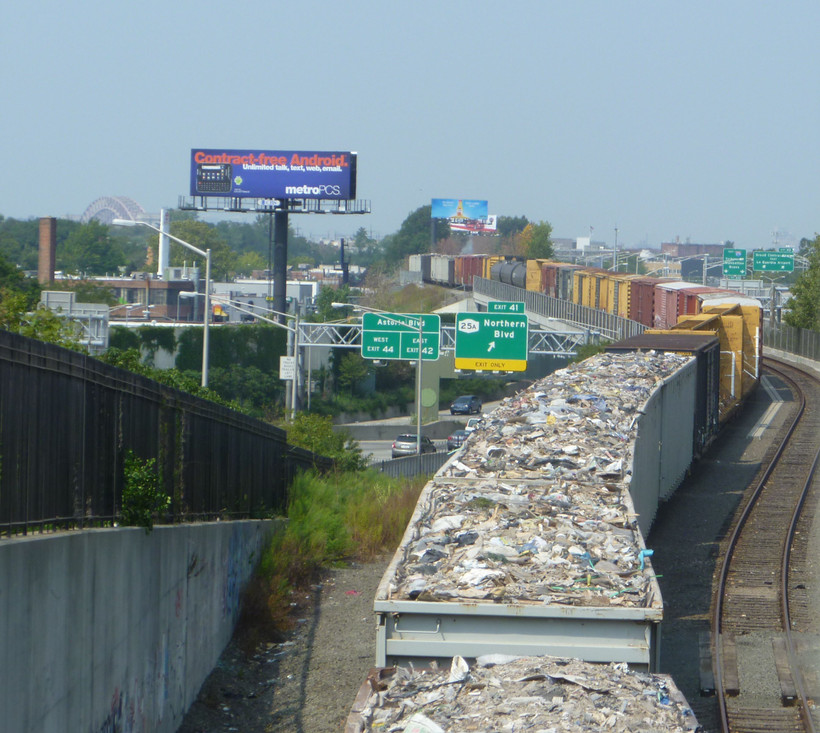New York Mulls New Trash Fee as Landfills Near Tipping Point
Will putting a price on trash keep the state’s garbage from overflowing?

“We would never imagine that we could use unlimited energy or water and pay the same utility fee.”

Will putting a price on trash keep the state’s garbage from overflowing?

“We would never imagine that we could use unlimited energy or water and pay the same utility fee.”

I hope this article helped you better answer the question that guides all of our journalism: Who runs New York? Before you click away, please consider supporting our work and making more stories like this one possible.
New York state is standing at a crossroads for climate action. After passing one of the nation’s most ambitious climate laws in 2019, the state is lagging far behind on its targets, struggling to meet deadlines to build renewable energy and clean up its buildings and roads. Other states are closely watching our progress, making decisions about their own climate plans based on New York’s ability to implement this legislation.
As New York’s only statewide nonprofit news publication, we’ve been scrutinizing the state’s climate progress. Our journalism exists to unpack how power works in New York, analyze who’s really calling the shots, and reveal how obscure decisions shape ordinary New Yorkers’ lives.
But we can't do this work without your help. We rely on reader donations to help sustain our outlet, and every gift directly allows us to publish more pieces like this.
Our work has already shown what can happen when those with power know that someone is watching, with my reporting prompting a state investigation and fine for a major corporation. I have more story ideas than I can count, but only limited resources to pursue all the leads that come across my desk.
If you’re able, please consider supporting our journalism with a one-time or monthly gift. Even small donations make a big difference.
Thank you for reading.


The mayor enlisted an army of contractors to build a one-stop benefits platform. Two years and $100 million later, the website is a skeleton of what it was supposed to be.
We read the governor’s, Senate’s, and Assembly’s budget proposals — so you don’t have to.
The compromise would reduce business taxes and raise the benefit level, but leave the program inadequately funded.
Here’s where the Senate, Assembly, and governor stand on funding New York’s green transition.
In many cases, electrifying homes is cheaper, according to one new study.
The state is pushing ahead on all-electric buildings, but a draft update to the building code leaves out other key recommendations from the state’s climate plan.